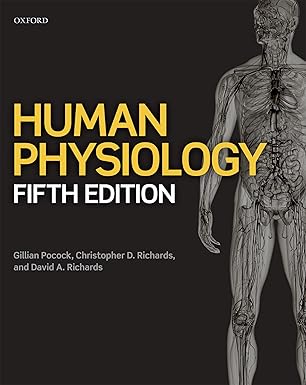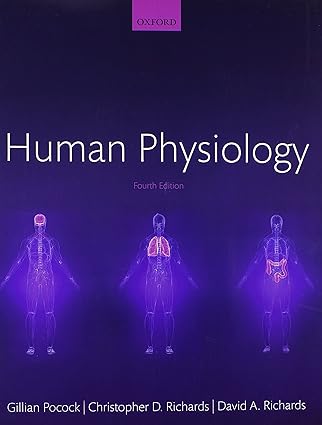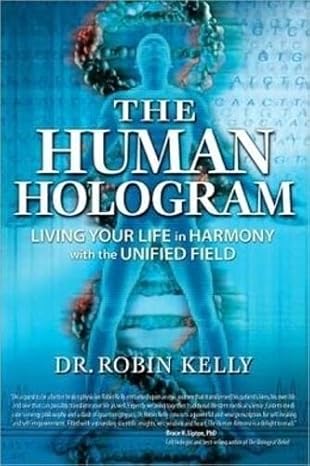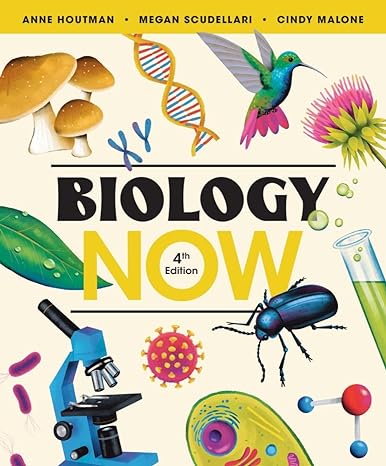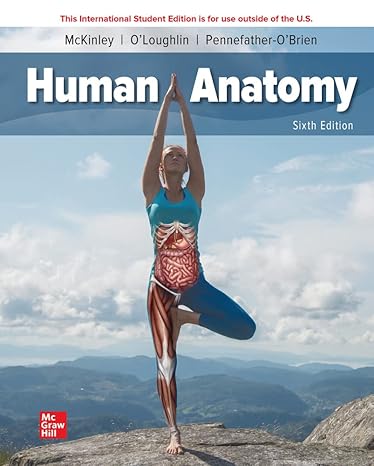In many ways, this edition is like a first edition. Coverage has expanded from being primarily a
book with a medical microbiology emphasis to one with a more balanced emphasis of microbiology in
general. Following is a summary of the major changes in this edition.
The original artwork has been replaced with professional renderings. Many of the older photos
have been replaced with newer ones, and many new photos have been added. Between the artwork
and photos, over 200 new figures (representing approximately 25% of the total) can be found.
Four new chapters have been added. Chapter 1 provides an introduction to microbiology and
presents a perspective on the places Bacteria and Archaea occupy in the biological world. It also
expands the justification for the book’s reorganization (see the following paragraph). Chapter 11
covers some of the most important groups within the Domain Bacteria. Chapters 13 and 14 do the
same for the Domains Archaea and Eukarya, respectively.
Chapters have been resequenced to better reflect the process followed by a working microbiologist,
so isolation techniques and selective media have been moved up to Chapter 2. The chapters that
follow continue the process: growth patterns (Chapter 3), microscopy and staining (Chapters 4, 5,
and 6), biochemical testing (Chapter 7), serological testing (Chapter 8), and molecular techniques
(Chapter 9). The next chapters cover the microbes themselves, beginning with viruses (Chapter 10),
and followed by chapters on Domain Bacteria (Chapters
11 and 12), Domain Archaea (Chapter 13), and Domain
Eukarya (Chapters 14 through 17). The book finishes with
chapters on quantitative techniques (Chapter 18), medical,
environmental, and food microbiology (Chapter 19), and
host defenses (Chapter 20). An appendix illustrating major
metabolic pathways combined with tables to show reactants
and products of each completes this edition.
In addition to the brand new chapters, artwork, and photos,
some new topics have been added to established chapters.
Other topics have been expanded. Chapter 2 now
includes Bacteroides Bile Esculin Agar, BIGGY Agar,
Columbia CNA Agar, and Pseudomonas Isolation Agar.
Cooked Meat Broth was added to Chapter 3 and the
anaerobic jar has been updated. Chapter 4 has expanded
coverage of electron microscopy. Parasporal crystal stain
and cell wall stain have been added to Chapter 6. DNase
Test Agar has been expanded in Chapter 7. The Winogradsky
column and sulfur cycle have been added to Chapter19,
and the nitrogen cycle has been expanded.
چکیده فارسی
از بسیاری جهات، این نسخه مانند نسخه اول است. پوشش از یک
در درجه اول گسترش یافته است کتابی با تاکید بر میکروبیولوژی پزشکی تا کتابی با تاکید متعادلتر میکروبیولوژی در
عمومی. در زیر خلاصه ای از تغییرات عمده در این نسخه آمده است.
🎀 اثر هنری اصلی با رندرهای حرفه ای جایگزین شده است. بسیاری از عکس های قدیمی
با عکس های جدیدتر جایگزین شده و تعداد زیادی عکس جدید اضافه شده است. بین اثر هنری
و عکس ها، بیش از 200 رقم جدید (که تقریباً 25٪ از کل را نشان می دهد) را می توان یافت.
🔺چهار فصل جدید اضافه شد. فصل 1 مقدمه ای بر میکروبیولوژی و
ارائه می دهد دیدگاهی در مورد مکان هایی که باکتری ها و آرکیا در دنیای بیولوژیکی اشغال می کنند ارائه می دهد. همچنین
توجیه سازماندهی مجدد کتاب را گسترش می دهد (به پاراگراف زیر مراجعه کنید). فصل 11
برخی از مهمترین گروههای درون باکتریهای دامنه را پوشش میدهد. فصل های 13 و 14 این کار را انجام می دهند به ترتیب برای Domains Archaea و Eukarya یکسان است.
فصلها برای منعکسکردن بهتر فرآیندی که توسط یک میکروبیولوژیست فعال دنبال میشود، ترتیب داده شدهاند،
بنابراین تکنیک های جداسازی و رسانه های انتخابی به فصل 2 منتقل شده اند. فصل هایی که
ادامه روند را دنبال کنید: الگوهای رشد (فصل 3)، میکروسکوپ و رنگ آمیزی (فصل 4، 5،
و 6)، آزمایش بیوشیمیایی (فصل 7)، آزمایش سرولوژیکی (فصل 8)، و تکنیک های مولکولی
(فصل 9). فصلهای بعدی خود میکروبها را پوشش میدهند که با ویروسها شروع میشود (فصل 10)،
و به دنبال آن فصل هایی در مورد باکتری های دامنه (فصل ها
11 و 12)، Domain Archaea (فصل 13) و Domain
یوکاریا (فصل 14 تا 17). کتاب با
به پایان می رسد فصل های تکنیک های کمی (فصل 18)، پزشکی،
محیط زیست، و میکروبیولوژی مواد غذایی (فصل 19)، و
دفاع میزبان (فصل 20). یک ضمیمه نشان دهنده رشته
مسیرهای متابولیک همراه با جداول برای نشان دادن واکنش دهنده ها
و محصولات هر کدام این نسخه را تکمیل می کند.
علاوه بر فصلها، آثار هنری و عکسهای کاملاً جدید،
برخی از موضوعات جدید به فصل های ثابت اضافه شده است.
موضوعات دیگر گسترش یافته است. فصل 2 اکنون
شامل Bacteroides Bile Esculin Agar، BIGGY Agar،
کلمبیا CNA آگار و سودوموناس ایزوله آگار.
آب گوشت پخته شده به فصل 3 و
اضافه شد جار بی هوازی به روز شده است. فصل 4 گسترش یافته است
پوشش میکروسکوپ الکترونی لکه کریستال پاراسپورال
و لکه دیواره سلولی به فصل 6 اضافه شده است. DNase
تست آگار در فصل 7 گسترش یافته است. Winogradsky
ستون و چرخه گوگرد به فصل 19،
اضافه شده است و چرخه نیتروژن گسترش یافته است.
ادامه ...
بستن ...

